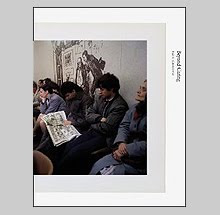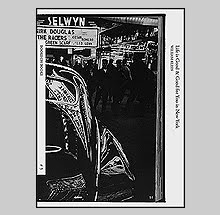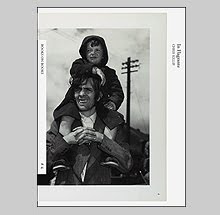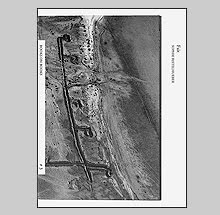Bureau of the Centre for the Study of Surrealism and its Legacy by Mark Dion

“Collecting is creepy...Everybody is convinced that his way of collecting is superior. They look down on casual collectors, who are just accumulators -- the kind who’ll just pick up anything and let it pile up. A true collector is more of a connoisseur, and that’s the good thing about collecting. It creates a connoisseurship to sort out what’s worthwhile in the culture and what isn’t. Wealthy art collectors in this country have sorted out who the great artists are. If you’re collecting a lot of objects of one particular kind, you develop a very acute sense of discrimination.” - Robert Crumb
Walter Benjamin observed that the surrealists were the first to seek potential in the "by-products and refuse of modernity." In keeping with this line of inquiry, the artist Mark Dion created a fictional Bureau of the Centre for the Study of Surrealism and its Legacy and it is also the title of his artist book published in 2005 by Bookworks.
As the essayist David Lomas writes in his introduction, Dion's "bureau" is not filled with "lobster telephones or other cheap surrealist cliches," but rather, "old-fashioned instruments that speak most poignantly of extinction." Teaching tools and artifacts that reflect outdated educational approaches or curatorial styles are saved from the incinerators to provide interesting connections between objects that freshly delight and surprise.
Dion's assemblage reflects on the past with its manner of classifying and finding the relationships necessary for such classification but disrupts this process with his more tangential editing process. it reveals a new universe which is documented by real facts and at the same time, presented with a subverted and surrealist view. By creating this new order, Dion has reshuffled the deck, but all the while the work insists on its authenticity. When Dion created an installation of the "bureau" in the Manchester Museum it was camouflaged to look like just another office.
The objects, many of which are scientific images from biology and botany, range from the commonplace to the freakish and in a typical surrealist mode, the most commonplace come across as the most bizarre. A delightful collection of display caption cards attests to this in poetic fashion: Medicine Man's Wand; Diminutive Axes - Honduras; Dog Rattles: Tied round the thighs of dogs used for driving antelope; Stone object found in a grave - exact locality unknown; Message Stick - Sent to Mr. Webb, an Albany naturalist - The notches are said to signify, "Webb, send tobacco and money to black-man!"; Domestic Bygones - Lent by F. Ollerenshaw Esq. Wilmslow.
As a book, Dion's bureau stands as mimetic to a real museum of research as his installation looks to have done. Presented with a poker face of genuine inquiry rather than a Joan Fontcuberta-esque wink, it is organized into eight sections; The Museum, Dept. of Zoology, Dept. of Botany, Dept. of Earth Science, Dept. of Ethnology, Dept. of Archeology, Dept. of Paradoxes and Numismatics, and Archives. The numbering of the artifacts (cat.001 through cat.106) implies a continuum, inviting comparison and study to discover the tenuous links and categorical flow. Logic and illogic become engaged in an endless tug of war. The printing and design are exquisite.
In keeping, consciously or not, with the surrealist preoccupation with the image of "doors," Dion's book cover depicts a wooden door with its title etched into the frosted glass. But unlike Duchamp's Etant donnes... where we are limited to peeking through a hole in a barndoor, Dion provides us with the keys to enter, but ultimately the ways of unlocking the inner displays prove to be as infinite as our own imaginations.



























